For a very long time, smartphones were considered a lightweight, pocket-sized version of computers. To a certain extent, this situation continues to this day, but we are increasingly seeing cases where even elements originally from a smartphone are used within a computer. This procedure can be seen conspicuously, for example, in the development of the macOS system, which recently often adopts elements originally used in iOS. However, this article will mainly focus on the hardware side and describe what the next computers could be inspired by smartphones.
It could be interest you
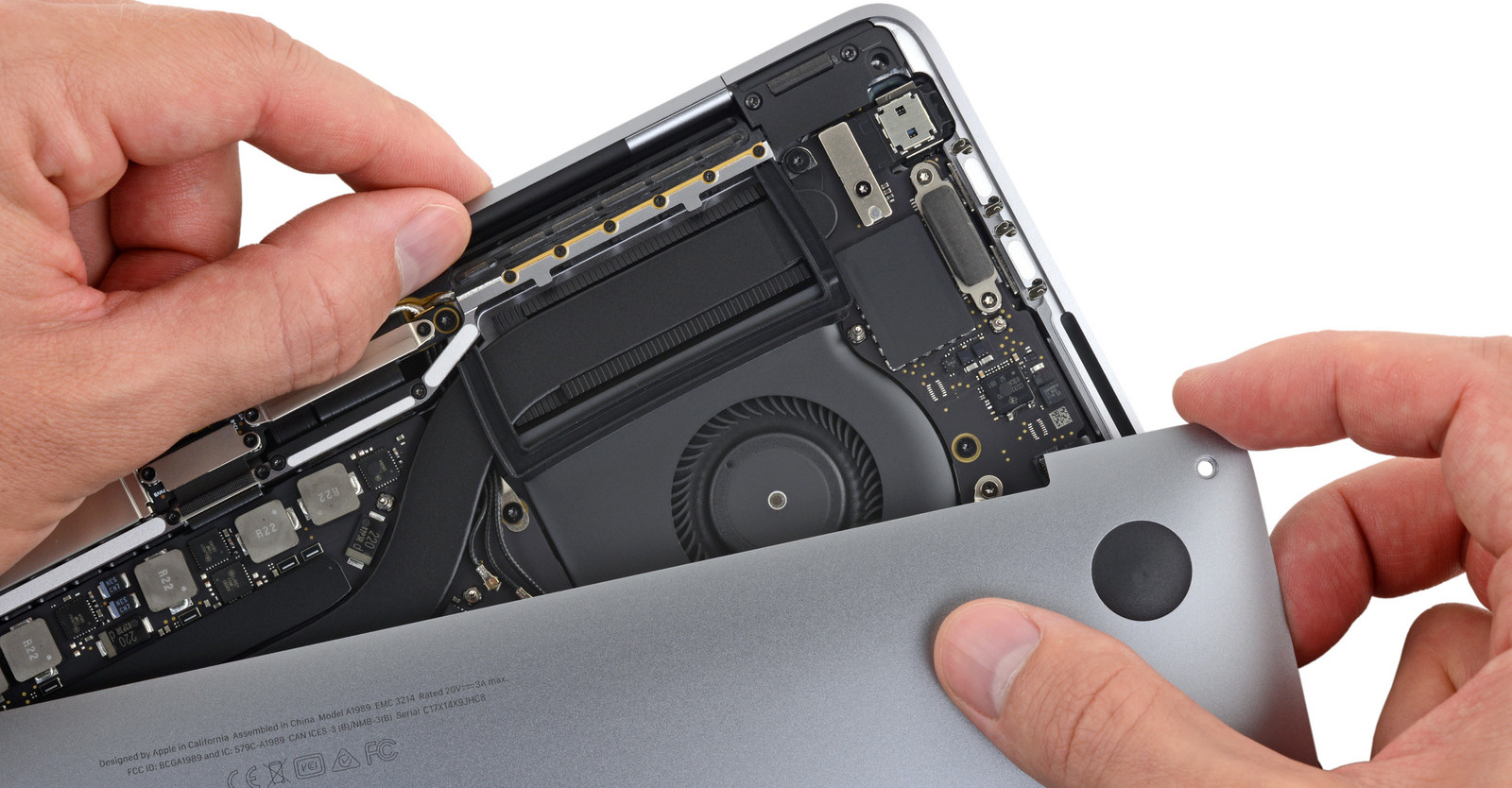
1. Face recognition on Mac
Computers with facial recognition already exist, of course. However, MacBooks do not include Face ID for unclear reasons, and Touch ID was preferred in the new MacBook Air. That is, the technology that Apple seems to be trying to eradicate from its mobile devices. Fingerprint unlocking is of course very effective, but in terms of convenience and speed, Face ID would be a nice improvement.

2. OLED display
The latest iPhones have an OLED display that offers users more colorful colors, better contrast, true blacks and is even more economical. So it begs the question why it hasn't been used on Apple computers yet. The answer may lie not only in higher costs, but also in the well-known problem of this type of display – so-called burn-in. OLED displays tend to display remnants of static, often imaged objects for extended periods of time, even when the user is viewing something else. If this shortcoming could be eliminated, the OLED display on the Mac would be a clear plus.
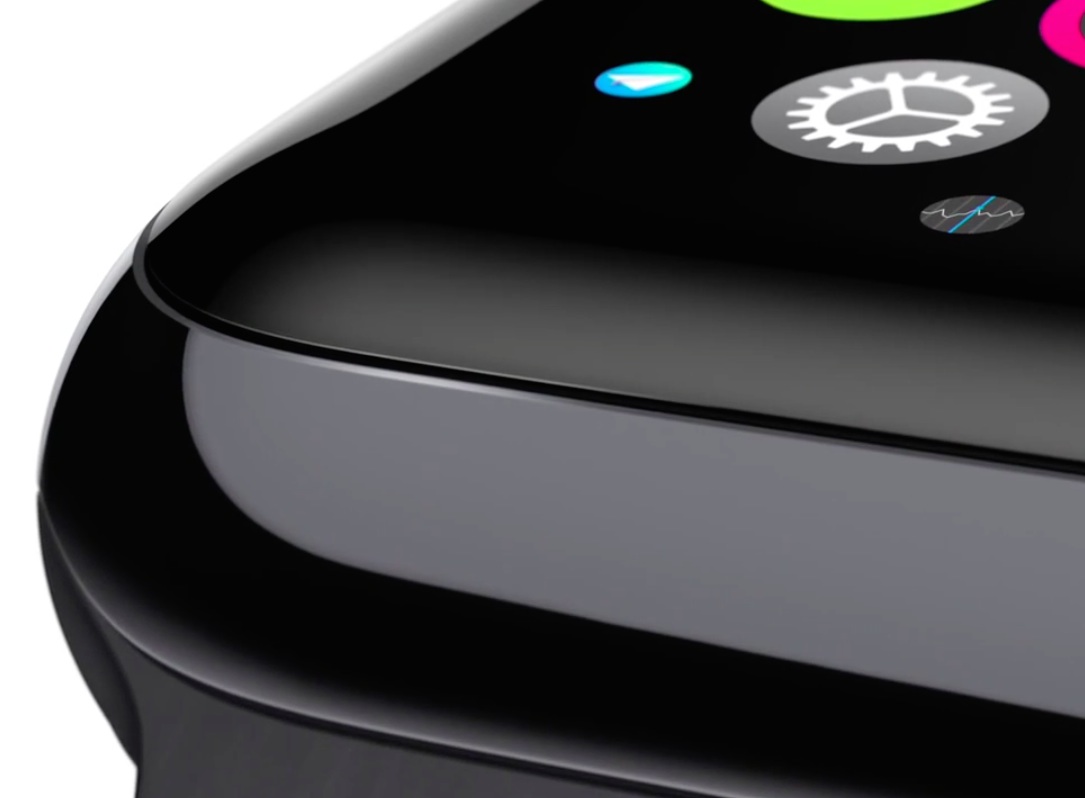
3. Wireless charging
For example, iPhones did not receive wireless charging until quite a while after this technology was widespread in the market. However, Macs are still waiting for it, and it is rarely seen in other brands. And that despite the huge potential it hides. Laptops tend to be used in the same place more often than smartphones, so it would make more sense to charge them wirelessly, for example, while working at a desk. Inductive charging at a regular workplace would certainly make life more pleasant for many users.
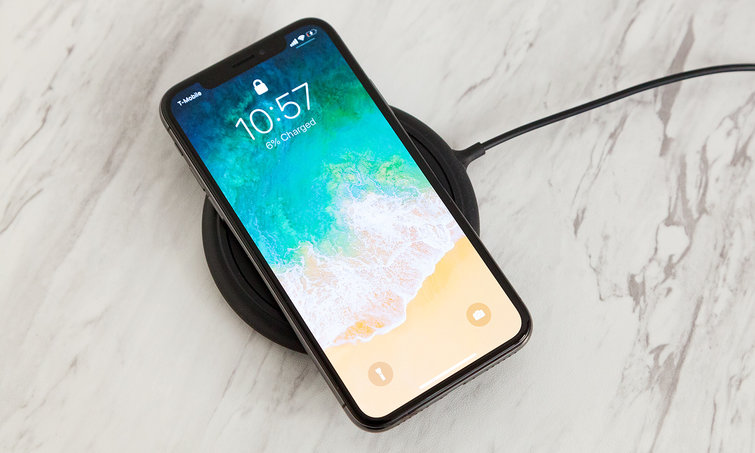
4. Camera and microphone switch
Even in their first generation, iPhones had a sound effects switch above the volume buttons. In computers, a similar switch could find another use. More and more often, laptops are seen with an unaesthetically glued webcam due to the suspicion of possible surveillance. Apple could prevent this behavior with a microphone and camera switch that would mechanically disconnect these sensors. However, such an improvement is very likely, as Apple would essentially confirm that its computers allow hackers to track users.
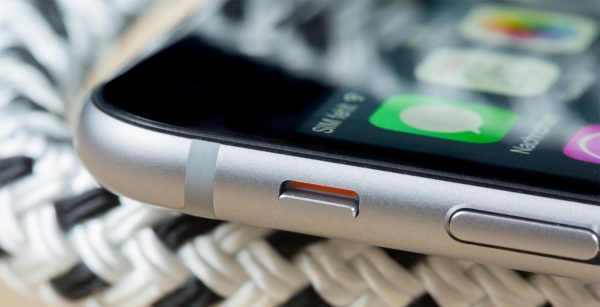
5. Ultra-thin edges
Laptops that have very thin edges are now quite common. Even current MacBooks have significantly thinner edges compared to their predecessors, but looking at the iPhone X display, for example, you can only imagine what a laptop with similar parameters could look like.
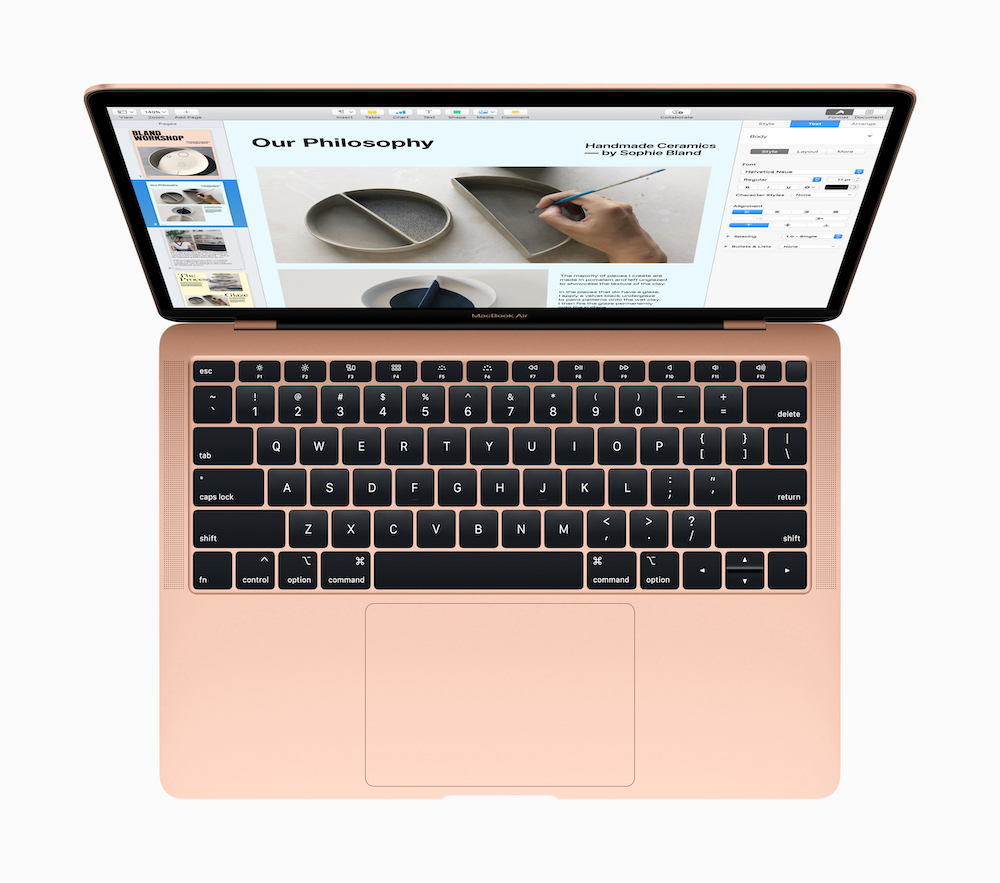
The new Air will arrive in about a week, and since I'm switching from the old one, I'm definitely looking forward to it, but I hope that it won't take another incredible 8 years for Apple to move with the design again, because the frames are already thick for today, let alone what it will look like in three years and Face ID would make a lot more sense on a laptop than on a phone, why isn't it there? But let's be happy for Touch ID at least! I also regret the old Bluetooth 4.2 and in the future WiFi 802.11ax will also be missing, for which the first devices are already appearing (when the Mini can have a 10Gbit network...).
OLED display is stupid. Different colors are fired differently and have oversaturated colors. Practically, I can't set the probe. No professional photographer uses an OLED display, and no one makes a display for professional graphic artists either. IPS will be here for many years to come.